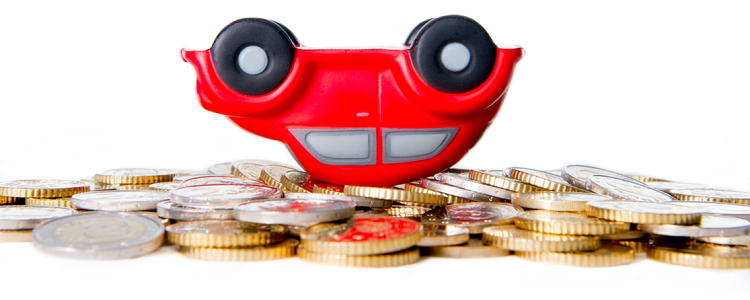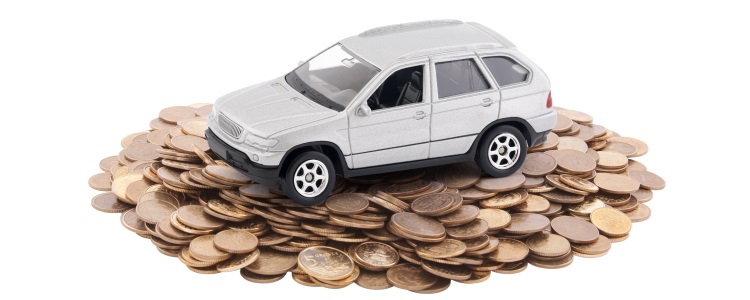Negative equity means that you owe more money on an auto loan than the vehicle is worth. Most people experience negative equity at some point when they’re financing a car, and it doesn’t become a problem unless you need to trade it in.
How Does Negative Equity Happen?
 Negative equity is common with people who make little to no down payment when financing, when they’re rolling over a balance from a previous loan, or when they take out a longer-term loan.
Negative equity is common with people who make little to no down payment when financing, when they’re rolling over a balance from a previous loan, or when they take out a longer-term loan.
Vehicles are depreciating assets, which often leads to negative equity because they lose value faster than you can make payments to make up the difference. This is especially true if you’re starting with a larger loan balance.
Another thing that can lead to negative equity is if the car you’re financing doesn’t hold its value. Not all vehicles depreciate at the same rate: some depreciate much faster, while others hold their value longer.
Typically, new cars lose the biggest chunk of their value during their first couple of years on the road, and then take another steep drop in value around year five.
The Impact of Negative Equity on a Trade-In
Even though negative equity happens to most people at some point during an auto loan, not everyone realizes that they have it. Typically, people only realize they have negative equity when something changes and they need to trade in a vehicle before they’re finished paying off their loan.
When you need to trade in your car, any loan balance has to be paid. If you have negative equity, there are usually two options that you can choose from to take care of the difference:
- Pay the difference – In this case, you trade in your vehicle and pay the difference between its trade in value and the loan balance in cash. To prepare for this, get the trade in value of your car from the dealer you’re working with, and subtract it from the payoff amount from your lender.
- Roll over the balance – This option is common, but it isn’t available to all borrowers. In fact, we recommend that you avoid doing this even if it is an option, especially if you have bad credit. When you roll the difference into a new loan, you’re financing the difference plus the new loan, which means you end up paying more – both principal and interest charges. You also increase your chances of continuing the same negative equity issues on this loan, which can create a never-ending cycle of negative equity that it can be difficult to get out from under.
If neither of these options work for you at this time, you can always wait to purchase a vehicle until you have equity, or you have paid off your auto loan.
You Can Still Trade In a Car with Negative Equity
When you have negative equity, it can make it more difficult to trade in a car, especially with bad credit. Negative equity isn’t the end of the line, however, and it doesn’t always stop you from trading in your vehicle for something else. One thing that can make this process easier is working with the right dealership.
Special finance dealers work with lenders that are well equipped to work with bad credit borrowers. These lenders, called subprime lenders, look at factors beyond your credit, which can help your new loan process go more smoothly. If you don’t want to deal with the roadblocks that can stand in your way at traditional dealerships when you have poor credit, let us help.
At Auto Credit Express, we work with a nationwide network of special finance dealers, and we want to help you get connected to one in your area. The process is simple to get started – just fill out our fast, free, and easy auto loan request form, and we’ll get to work matching you with a local dealership.
















